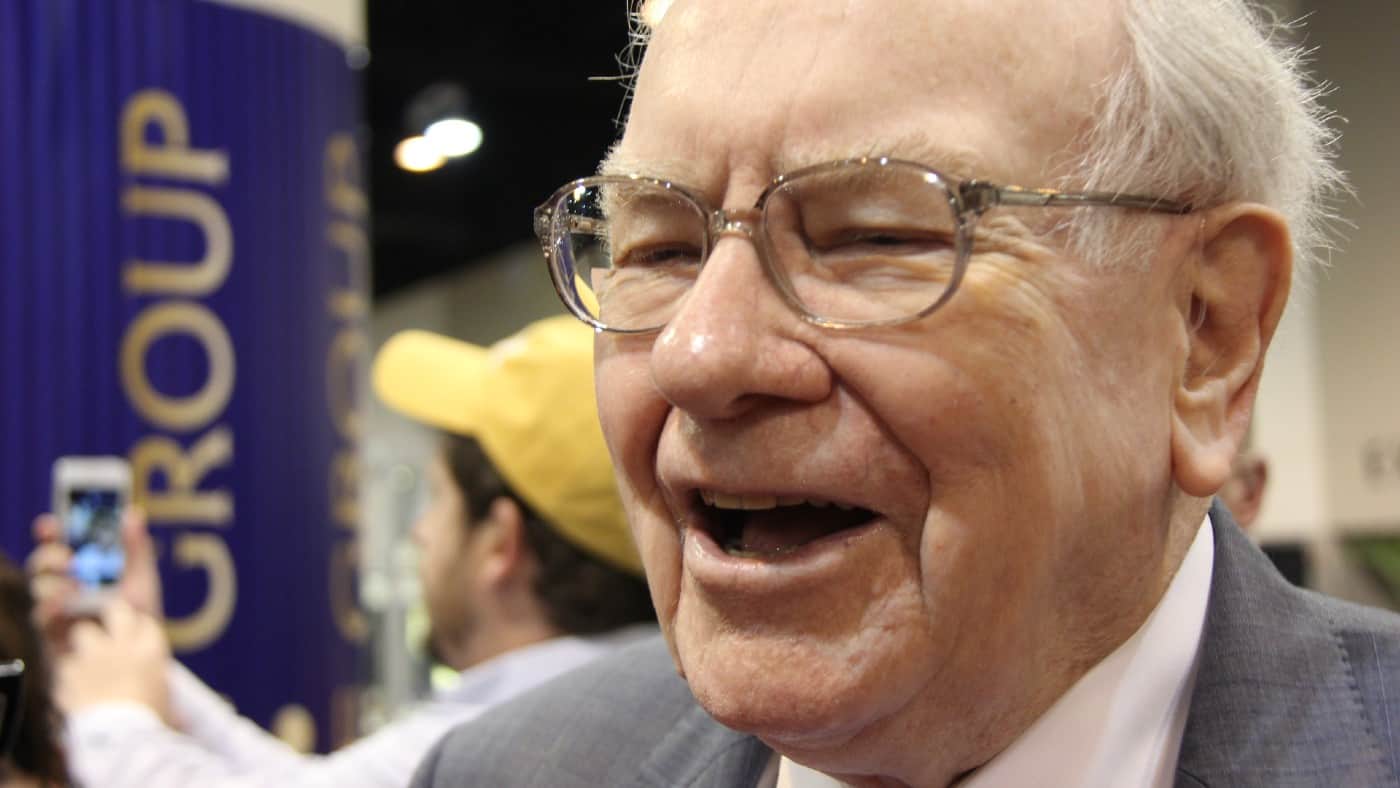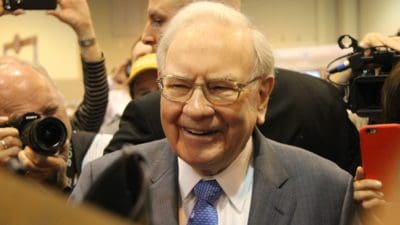Billionaire investor Warren Buffett is famous for some incredible stock purchases. He has made fortunes owning shares such as Apple and Coca-Cola.
But what is right for Buffett might not suit me. Every investor is unique. Still, I think I can learn some valuable investing lessons from the ‘Sage of Omaha’.
Here are five things Buffett looks for when buying shares. I would do the same!
Should you invest £1,000 in Johnson Matthey Plc right now?
When investing expert Mark Rogers has a stock tip, it can pay to listen. After all, the flagship Motley Fool Share Advisor newsletter he has run for nearly a decade has provided thousands of paying members with top stock recommendations from the UK and US markets. And right now, Mark thinks there are 6 standout stocks that investors should consider buying. Want to see if Johnson Matthey Plc made the list?
1. Background understanding
Buffett tries to stick to what he calls his “circle of competence” when investing – basically areas he understands.
Take his stake in Moody’s (NYSE: MCO) as an example. Moody’s spends its time looking at businesses and their finances, to assess their creditworthiness.
That is right in Buffett’s zone of expertise. He also spends hours each day combing over company accounts to assess their business prospects.
By sticking to business areas he understands, Buffett is more likely to be able to assess whether a share’s valuation is attractive.
2. Looking for a moat
When Buffett buys into a business, he likes it to have a strong competitive advantage that can help it make profits.
He calls this a moat, just like ones used to help protect medieval castles from attackers.
Moody’s is a great example, in my view. Credit ratings are a necessary part of many contracts, so demand for them exists even when the economy is weak. Only a few large providers have name recognition — and Moody’s is one of them.
Not only do some contracts explicitly require a rating from a named agency, such as Moody’s, but the complexity of providing such ratings is a barrier to entry for new companies to the corporate credit rating market.
3. Healthy balance sheet
Such a business model requires few assets and the key asset is often a talented workforce.
Buffett has invested in asset-heavy industries like railways and energy networks, as well as asset-light ones like credit rating agencies and advertising providers. In both cases he looks for a healthy balance sheet.
In other words, how productively can a business utilise its assets? If the assets suck up money rather than helping produce it, they are not assets but liabilities.
4. Attractive valuation
Buffett started buying into Moody’s back in 2000. Since January 2000, its shares have grown over 3,500% in value.
While the current dividend yield of 0.9% may not look strong, if I had bought shares in 2000 like Buffett, my investment would now be yielding over 30% annually. Wow!
Not all of Buffett’s investments work out as well (Tesco did not). But many do work well because he pays close attention to valuation.
He does not just try to buy into great businesses. He tries to buy when such shares are attractively valued.
5. Buy for the long term
As I said, Buffett began buying Moody’s shares 24 years ago. He still has a large stake over two decades later.
As a long-term investor, he tries to buy into great business at attractive prices and then hang onto his stake, unless something happens that negatively affects the investment case. That has helped him build serious wealth.
I apply the same approach. That is why I am looking for shares to buy now that I could hopefully hold for decades.








